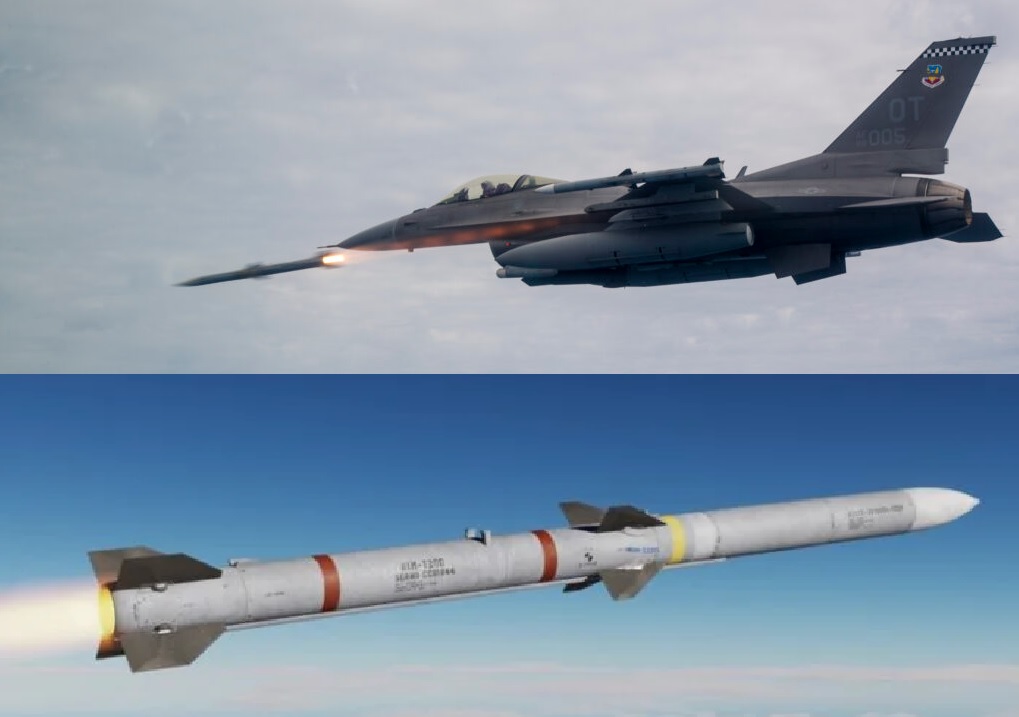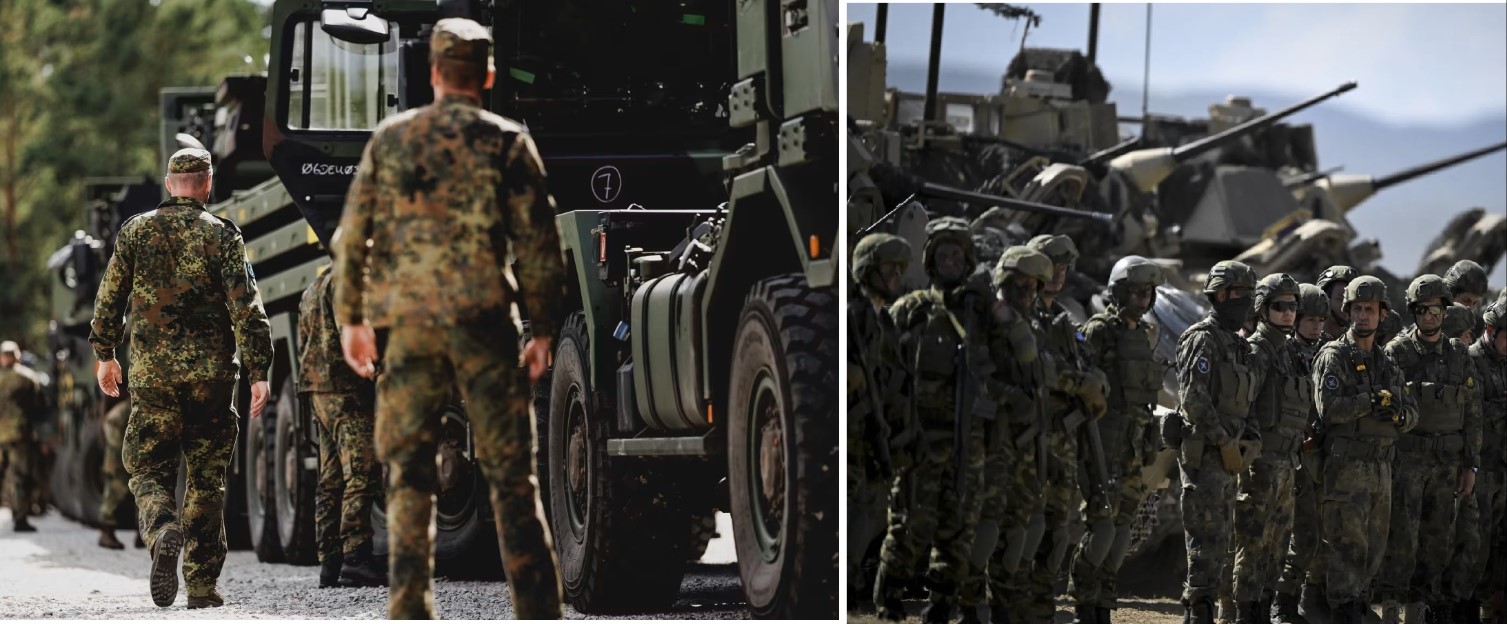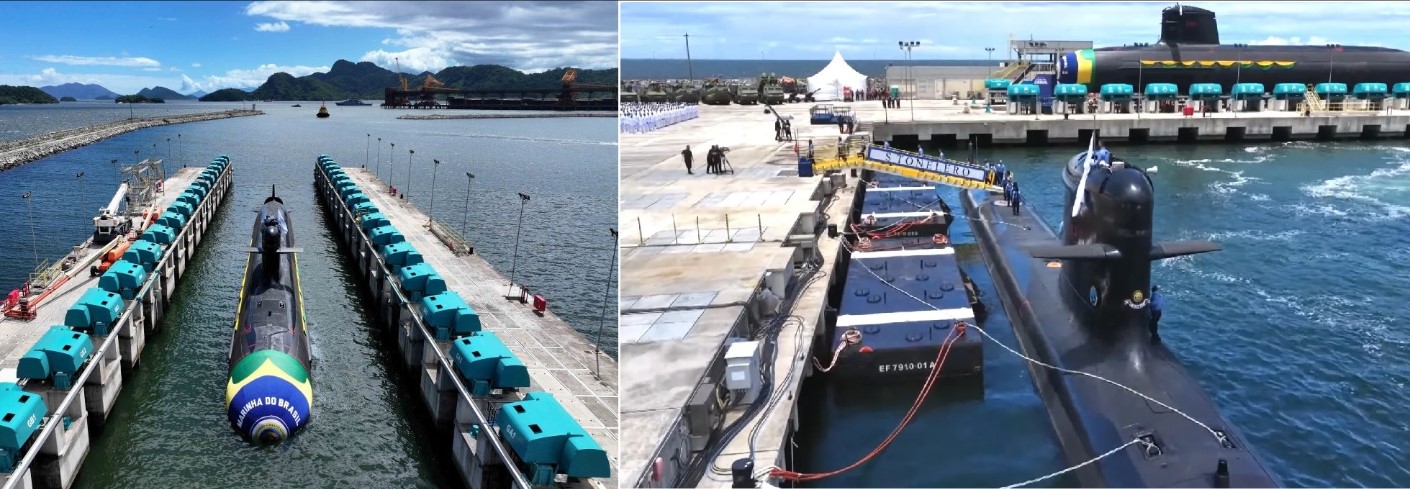Poland Signs $500 Million Deal for AIM-120D-3 Missiles to Arm F-35 and F-16 Fleet

On 27 November 2025, Polish Ministry of National Defence (MON) signed a roughly $500 million intergovernmental agreement with the United States Department of State / Defense Security Cooperation Agency (DSCA) for the purchase of the latest-variant air-to-air missiles AIM-120D-3 AMRAAM. According to an official announcement by Defence Minister Władysław Kosiniak-Kamysz on X, the missiles will arm both Poland’s future fleet of F-35A Lightning II Husarz stealth fighters and upgraded F-16C/D Jastrząb multirole jets.
This contract transforms earlier US authorisation into concrete procurement: in April 2025 the State Department had approved a possible Foreign Military Sale (FMS) covering up to 400 AIM-120D-3 missiles — including associated guidance kits, support equipment, spare parts, logistic services and one test vehicle — for an estimated $1.33 billion.
What the AIM-120D-3 brings to Poland
The AIM-120D-3 is the most advanced export-approved variant of the long-established AMRAAM family. Its enhancements over prior versions — already in use on Poland’s existing F-16 fleet — include substantially extended beyond-visual-range (BVR) reach, improved electronic-countermeasure (ECM) resistance, updated guidance electronics, and a datalink capability that enables cooperative, network-enabled air combat.
These capabilities will allow Polish pilots flying the stealth-enabled F-35A Husarz to exploit the jet’s fifth-generation sensor-fusion and situational-awareness architecture more fully, engaging aerial threats at longer range with reduced detection risk. According to reporting, deliveries under the new contract are expected between 2030 and 2031, in line with the planned induction of F-35s into the Polish Air Force.
Strategic context — boosting NATO’s eastern flank
Poland’s move to lock in hundreds of D-3 AIM-120s significantly bolsters its air-to-air firepower at a time of renewed emphasis on NATO’s eastern defences. The DSCA justification for the sale highlights that the missiles “will improve Poland’s capability to meet current and future threats by providing air-to-air defence to protect Polish and allied forces … and significantly improve the Polish contribution to NATO requirements.”
Poland already ordered 32 F-35A “Husarz” jets in 2020 under a roughly $4.6 billion contract — one of the country’s largest defence acquisitions.
The planned AIM-120D-3 procurement complements broader modernisation efforts including infrastructure upgrades, enhanced munitions stockpiles, and reinforced logistics and sustainment networks tied to the F-35 programme.
Deputy Prime Minister Kosiniak-Kamysz described the contract as “a major milestone in the modernisation of the Polish armed forces,” and a clear sign that Warsaw is converting earlier authorisations into actual capability.
Delivery timeline and outlook
While the contract is signed now, the first shipments of missiles under the agreement are not expected until 2030–2031, aligning with the schedule for full operational deployment of the F-35A fleet in Poland.
In the meantime, Poland continues to operate older AMRAAM variants on its existing F-16C/D jets, facilitating a smoother transition to the newer missile standard when D-3 deliveries begin
The decision reinforces Poland’s long-term air defence posture and deepens its strategic tether to the US defence industrial complex — with RTX Corporation (via its Tucson, Arizona facility) named as the prime contractor for the missile production and support package.
Broader implications
By moving from authorisation to signed contract, Poland demonstrates a clear commitment to strengthening its deterrence architecture amid heightened regional tensions. The AIM-120D-3 acquisition boosts not just national defence but also Poland’s integration into NATO’s collective air-defence network.
The deal also signals readiness to invest in advanced, long-term capability rather than short-term fixes — a stance likely to influence both Warsaw’s future procurement choices and alliance-wide air doctrine.
With deliveries scheduled near the end of the decade, the next few years will be crucial: Poland must prepare not only logistically but also in terms of pilot training, maintenance infrastructure, and integration with F-35 sensor and command systems to fully exploit the new missiles’ potential.
✍️ This article is written by the team of The Defense News.






